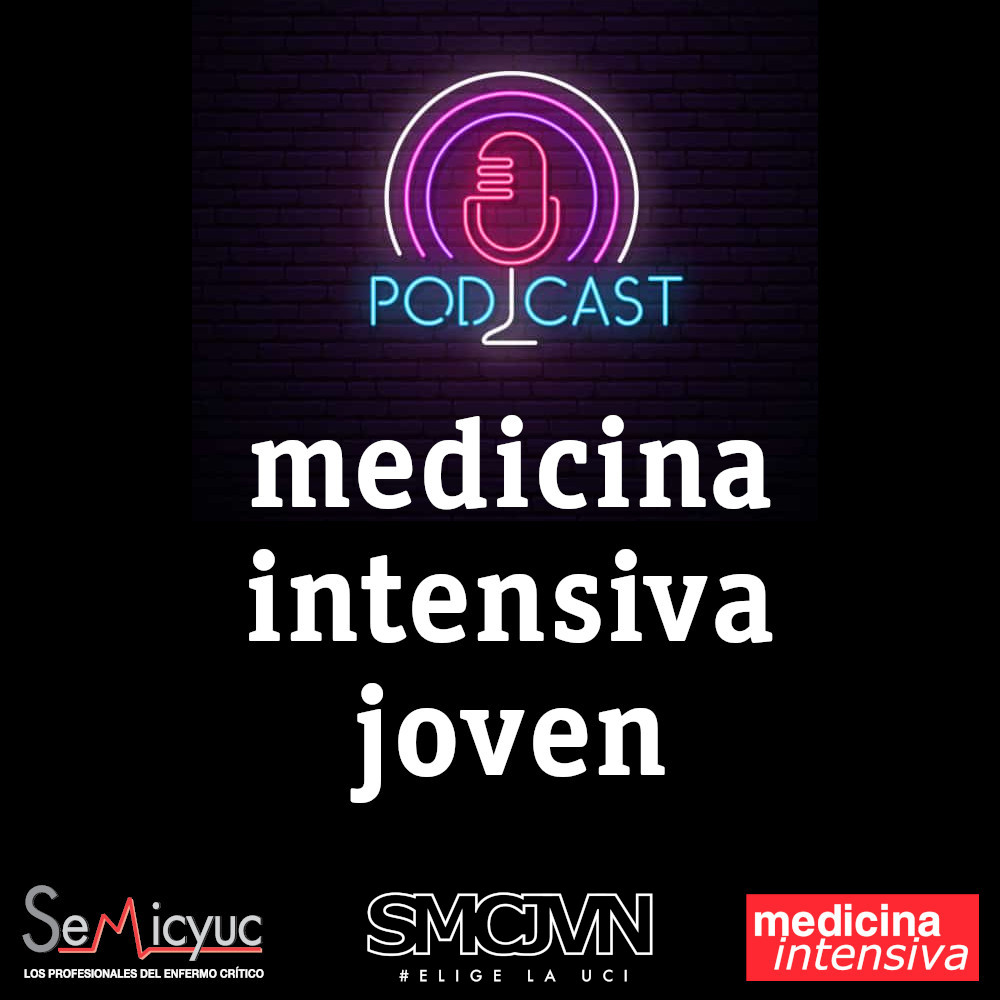A previously healthy 25-year-old female presented to the emergency department with 5 h of palpitations and lightheadedness. Upon admission, the electrocardiogram (ECG) showed sustained ventricular tachycardia (VT) of left bundle branch block (LBBB) morphology with superior axis (Fig. 1A). The VT episode was terminated by intravenous amiodarone. Subsequent ECG after cardioversion revealed T wave inversion in all precordial leads and epsilon wave in leads V2 and V3 (Fig. 1B). Of note, her father died suddenly at the age of 38. Further cardiac magnetic resonance (CMR) revealed global hypokinesia in the free wall of the right ventricle (RV), as well as regional hypokinesia in the left ventricular apical wall (Fig. 1C, D, Supplement data Video 1). Notably, right ventricular ejection fraction was only 3%. Moreover, evidence of myocardial fibrosis was observed at the apex of the left ventricle (LV), with no such findings noted in the RV (Fig. 1E, Supplement data Video 2). Genetic testing revealed a mutation in the PKP2 gene. Based on the findings mentioned above, the diagnosis of arrhythmogenic right ventricular cardiomyopathy (ARVC) with LV involvement was established. The patient was started on metoprolol and was advised to undergo implantable cardioverter defibrillator (ICD) implantation.
The Impact Factor measures the average number of citations received in a particular year by papers published in the journal during the two preceding years.
© Clarivate Analytics, Journal Citation Reports 2025
SRJ is a prestige metric based on the idea that not all citations are the same. SJR uses a similar algorithm as the Google page rank; it provides a quantitative and qualitative measure of the journal's impact.
See moreSNIP measures contextual citation impact by wighting citations based on the total number of citations in a subject field.
See more





